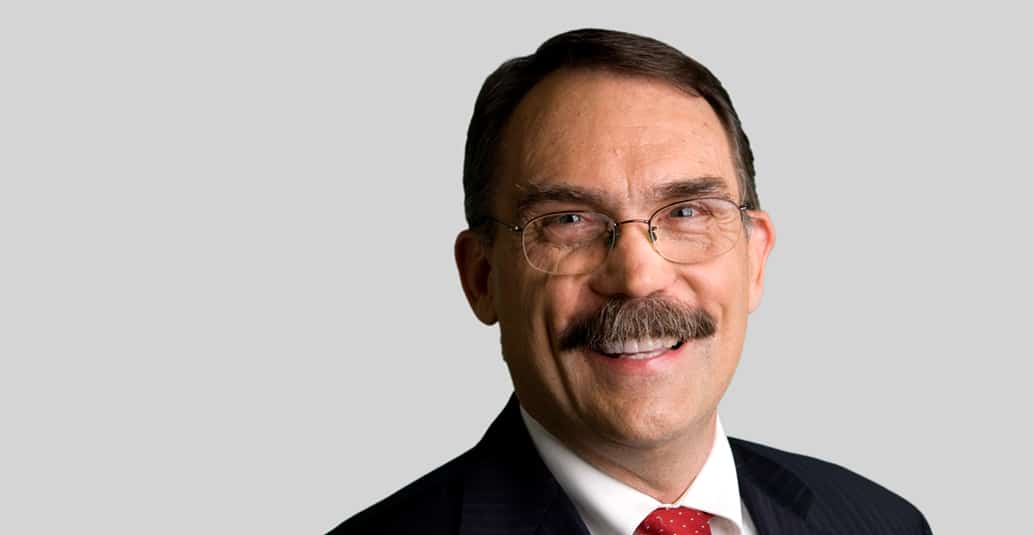When Charlie Gay became the permanent director of the Department of Energy’s SunShot Initiative, the solar industry rejoiced. After all, Gay came to the job with more than 40 years of experience in solar. He was one of us, and he appeared ready to oversee the funding of innovative solar research for years to come.
Then came November, a radical change in administrations and a memo outlining plans from the new president to close the Office of Energy Efficiency and Renewable Energy, which oversees the program. The solar industry mourned.
But earlier this week, the SunShot Initiative announced on Wednesday $30 million to fund 13 projects aimed at making integrating solar into the grid easier. So we reached out to Gay to see what else we might see come out of the program.
————————–
pv magazine: Everyone expected that after the announcement that they were closing the Office of Energy Efficiency and Renewable Energy that we had heard the end of the Sunshot Initiative. What changed?
Gay: Nothing, really. The SunShot initiative continues to work toward our goals like we always have: to drive down the cost of solar and make it easier and faster for more Americans to go solar. We will continue to do so.
pv magazine: From our conversations with industry observers, they were pleasantly surprised to hear about the latest round of funding. Can you address how long you’ve been working on these grants? Why make the announcement now?
The funding opportunity was first solicited in May 2016 and we have been reviewing applications since August. But the origination of this idea was long before then. We recognize the need for utilities to develop tools that help them to better understand and communicate with distributed-energy sources to improve the flexibility, resiliency and security of the grid.
We decided to announce the awards at DistribuTECH, to connect with the businesses and professionals that are working on the front lines of the nation’s grid modernization efforts. We have been pleased with the ability to connect with current and past awardees while learning about new technologies that will help to shape the grid of the future.
pv magazine: What did the funding go to, and how does it help advance the cause of solar energy in the United States? Why did you make that the focus of this round of funding?
Gay: The 13 new projects reduce the cost and complexity of adding solar to the nation’s energy grid by enabling grid operators to gather up-to-the-minute measurement and forecast data from distributed energy sources. This allows them to optimize system performance using sensor, communications and data analytics technologies.
These projects fall roughly into two categories: long- and short-term projects. The short term projects all develop commercially-ready and scalable solutions that are compatible with existing grid infrastructure to enable the addition of solar at 50% of the peak distribution load by 2020. These all require a one-year field demonstration with a utility partner. Projects that tackle the long-term challenge under will develop transformative technologies that enable solar at 100% of the peak distribution load by 2030. Large-scale simulation is required to demonstrate performance and scalability. A utility partner is encouraged but not required.
You can read about the individual projects here.
pv nagazine: We know you don’t have a crystal ball, but do you see any more funding rounds coming down the road?
We currently have several funding opportunities under review, which you can learn about here.
pv magazine: When we talked last year, you said you were bullish on the future of solar in the country. Do you still feel that way?
Gay: I am more excited than ever. High-paying jobs in solar continue to increase as the adoption of solar in both the transmission and distribution grid expands. This week at DistribuTECH, the city of San Diego had stories ranging from the shared learning among smart cities, using sensors on street lights, to San Diego Gas and Electric adding 30MW of battery storage in record time and highly competitive cost.
Taken together, the rate of progress appears to be enabled by numerous innovative business models from large-scale investor owned utilities to new start-ups being launched across 35 distributed energy incubators, more than 40 Solsmart Clean Energy Cities and 16 national laboratories. There’s no end of optimism about where the solar industry is going, and I share that optimism and excitement.
This content is protected by copyright and may not be reused. If you want to cooperate with us and would like to reuse some of our content, please contact: editors@pv-magazine.com.








By submitting this form you agree to pv magazine using your data for the purposes of publishing your comment.
Your personal data will only be disclosed or otherwise transmitted to third parties for the purposes of spam filtering or if this is necessary for technical maintenance of the website. Any other transfer to third parties will not take place unless this is justified on the basis of applicable data protection regulations or if pv magazine is legally obliged to do so.
You may revoke this consent at any time with effect for the future, in which case your personal data will be deleted immediately. Otherwise, your data will be deleted if pv magazine has processed your request or the purpose of data storage is fulfilled.
Further information on data privacy can be found in our Data Protection Policy.